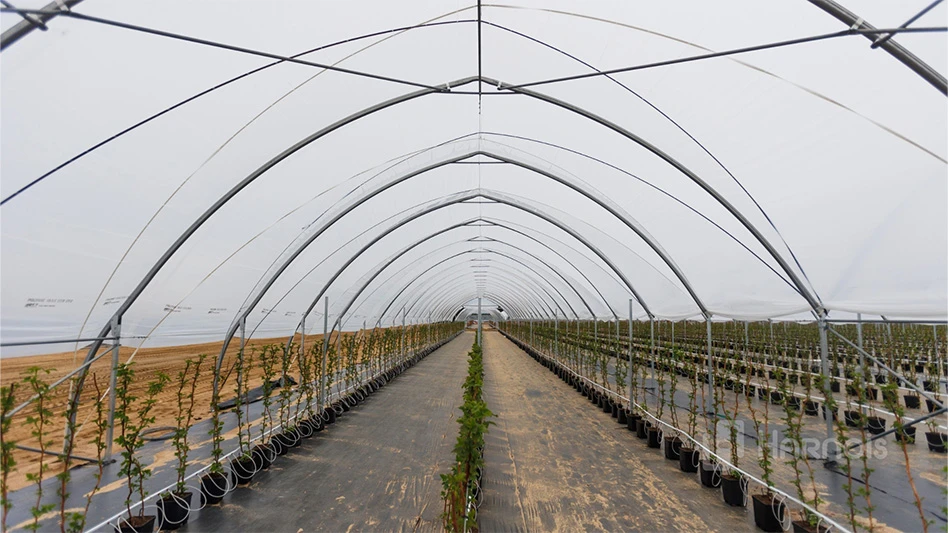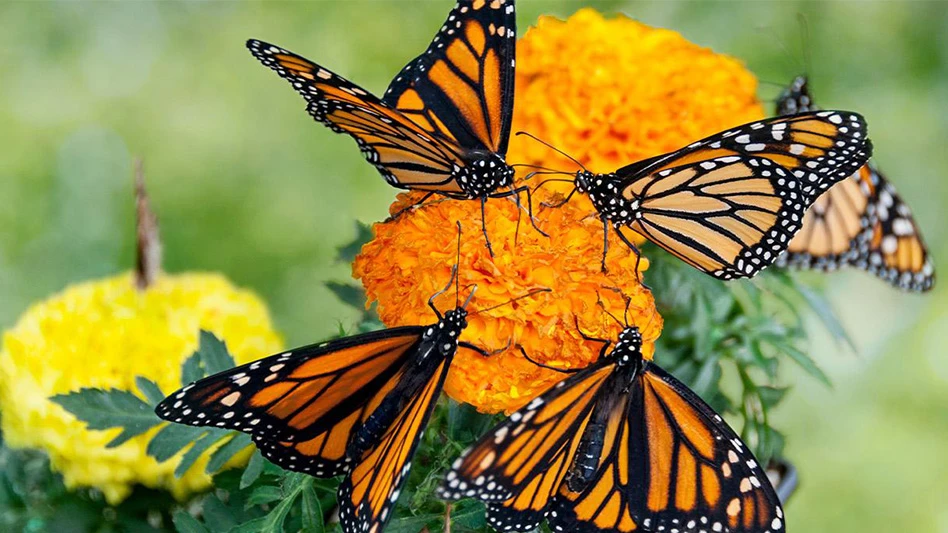
To help prevent late blight this growing season, Beth Gugino, assistant professor of plant pathology at Penn State University, recommends making sure that all late blight-infected tomato and/or potato plant tissue from this past season is dead and home gardeners refrain from composting diseased plant material.
“Late blight cannot withstand the freezing winter temperatures of the Northeast, but may be able to live in the center of a warm compost pile,” said Gugino. “As long as the plant tissue is alive, the pathogen can survive.”
Late blight is a fungus (Phytophthora infestans) that primarily affects tomatoes, potatoes and certain solanaceous weeds such as bittersweet nightshade.
There is no need to remove dead tomato plant tissue from last season or to treat the soil since freezing temperatures killed both the plant tissue and the fungus late blight.
The pathogen can’t survive in or on tomato seeds, or on tomato cages and stakes between the seasons.
Currently there are no tomato varieties resistant to late blight. Breeding work is under way and some resistant varieties are in the final stages of development and are expected to be available as soon as this year.
For more: Beth Gugino, Penn State University, Department of Plant Pathology, (814) 865-7328; bkgugino@psu.edu; http://live.psu.edu/story/42417.

Explore the January 2010 Issue
Check out more from this issue and find your next story to read.
Latest from Greenhouse Management
- Star Roses and Plants introduces Martha Stewart Rose
- Hoffman Nursery announces David Hoffman as CEO, Craig Reynolds as COO
- Plantpeddler releases Poinsettia Variety Day 2024 results
- Sarisa insecticide now registered for drench applications and many common greenhouse vegetable crops
- Ball FloraPlant launches redesigned website
- Costa Farms wins Top 10 Marketing Team at 2024 OnCon Icon Awards
- Thank you(!)
- Construction begins at Dramm’s Fish Fertilizer Facility in Wisconsin





